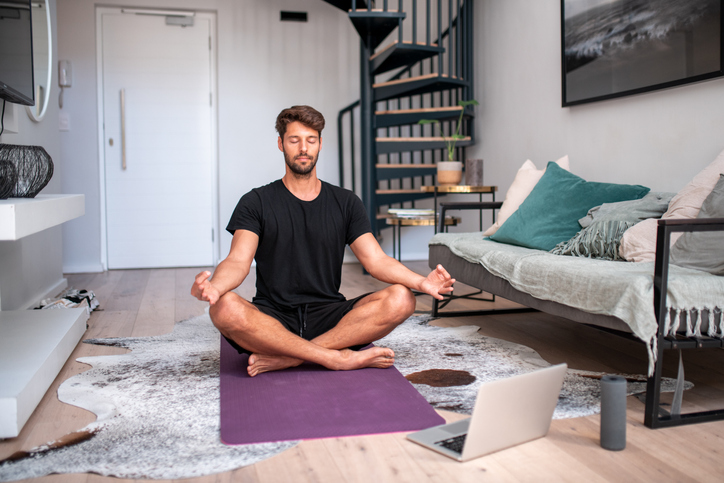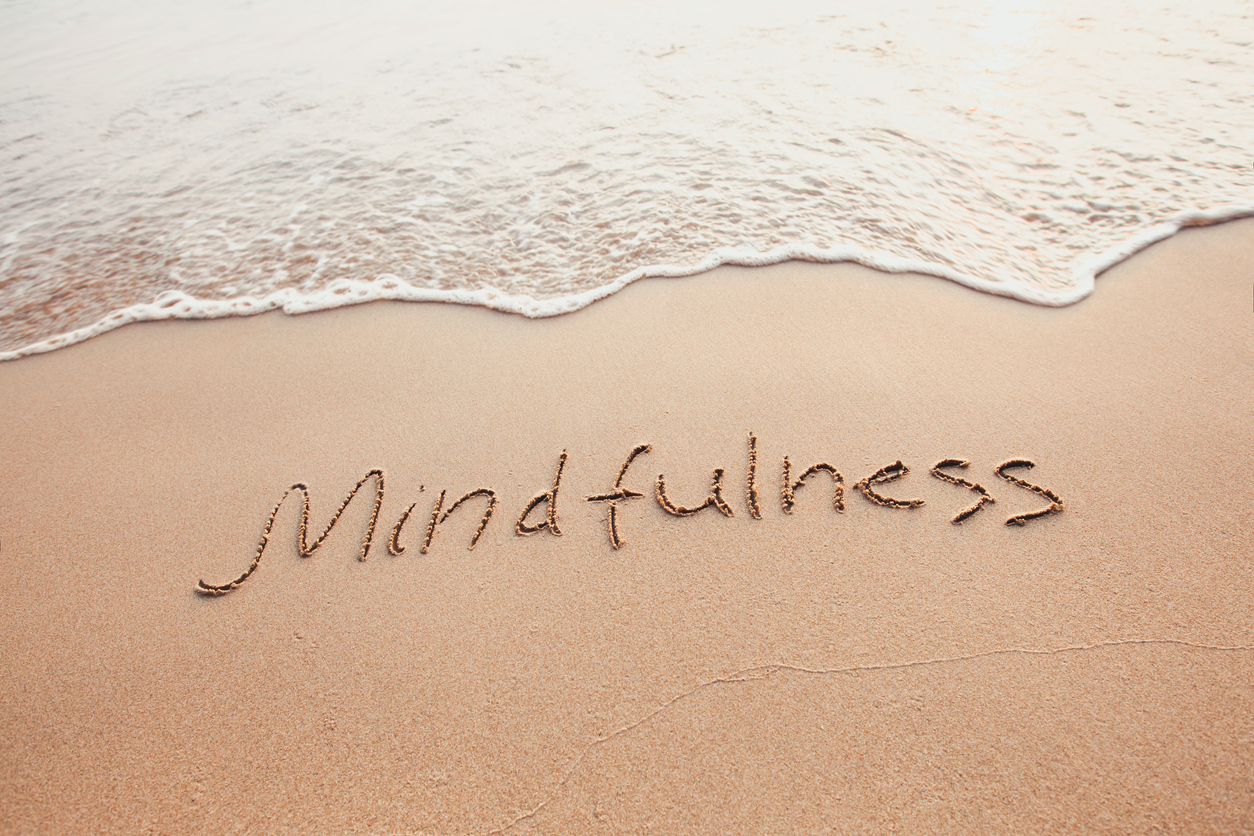Wellness
Relaxation and Meditation Techniques for Chronic Pain

Meditation techniques can quiet the mind, decrease stress levels, alleviate anxiety, and reduce the perception of pain. Relaxation techniques can slow the heart and respiration rate, lower blood pressure, and relax muscles. Additionally, relaxation and meditation release feel-good endorphins, which can lower pain levels, decrease stress hormones, and improve sleep quality.
Visualization
Guided imagery, also known as visualization, is a mind-body relaxation method. It is used to achieve a focused and relaxed state. Based on the principle that the mind and body are inherently connected, guided imagery utilizes all of a person’s senses to redirect the individual’s thoughts away from pain, stress, anxiety or depression. It involves imagining a relaxing scene or environment. Focusing on the imagined sounds, scents, or other sensations that would accompany the scene can have a calming effect.
Breathing
Deep breathing exercises help reduce stress and promote relaxation, which, in turn, reduces pain. When pain flares up, individuals tend to hold their breath or take fast, shallow breaths, which increases anxiety and pain levels. Deep breathing involves slowly inhaling through the nose while the belly expands, holding for a few seconds, and slowly exhaling through the mouth while the belly deflates.
Muscle relaxation
Progressive muscle relaxation (PMR) has proven to be an effective way to reduce stress levels. PMR can help relieve symptoms of headaches, cancer pain, high blood pressure, and digestive issues. The practice of PMR involves tensing or tightening one muscle group at a time and then relaxing the muscle group. As each group of muscles relaxes, the mind should focus on the relaxation sensation.
Mindfulness
Mindfulness is a type of meditation that involves using certain skills (e.g., guided imagery, meditation, journaling, breathing exercises, etc.) to focus on the present and observe inner thoughts and feelings without judgment. Depression, anxiety and stress are increased when too much time is spent thinking negatively, problem-solving, or planning. The goal of mindfulness is to promote relaxation, improve mental clarity, and manage stress.

















